 Mysteries
Mysteries  Mysteries
Mysteries  Creepy
Creepy 10 Scary Tales from the Middle Ages That’ll Keep You up at Night
 Humans
Humans 10 One-of-a-kind People the World Said Goodbye to in July 2024
 Movies and TV
Movies and TV 10 Holiday Movies Released at Odd Times of the Year
 Politics
Politics 10 Countries Where Religion and Politics Are Inseparable
 Weird Stuff
Weird Stuff 10 Freaky Times When Famous Body Parts Were Stolen
 Miscellaneous
Miscellaneous 10 Interesting Things Manufacturers Stopped Making and Why
 Gaming
Gaming 10 Funny Tutorials in Games
 History
History 10 Fascinating Little-Known Events in Mexican History
 Facts
Facts 10 Things You May Not Know about the Statue of Liberty
 Mysteries
Mysteries 10 Devastating Missing Child Cases That Remain Unsolved
 Creepy
Creepy 10 Scary Tales from the Middle Ages That’ll Keep You up at Night
 Humans
Humans 10 One-of-a-kind People the World Said Goodbye to in July 2024
Who's Behind Listverse?

Jamie Frater
Head Editor
Jamie founded Listverse due to an insatiable desire to share fascinating, obscure, and bizarre facts. He has been a guest speaker on numerous national radio and television stations and is a five time published author.
More About Us Movies and TV
Movies and TV 10 Holiday Movies Released at Odd Times of the Year
 Politics
Politics 10 Countries Where Religion and Politics Are Inseparable
 Weird Stuff
Weird Stuff 10 Freaky Times When Famous Body Parts Were Stolen
 Miscellaneous
Miscellaneous 10 Interesting Things Manufacturers Stopped Making and Why
 Gaming
Gaming 10 Funny Tutorials in Games
 History
History 10 Fascinating Little-Known Events in Mexican History
 Facts
Facts 10 Things You May Not Know about the Statue of Liberty
10 Of The Shortest-Lived Countries
Throughout human history, the arbitrary borders which divide our countries have been fluid, changing over time. As of 2017, there are nearly 200 countries in existence. But there have been many more which did not survive.
They were wiped off the face of the Earth for a number of reasons. But their ill-fated bids for independence are worth remembering, both from a political and historical perspective.
10 Tanganyika
December 9, 1962–April 26, 1964
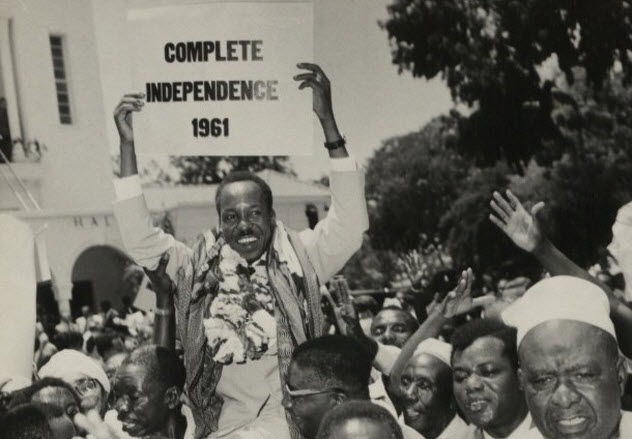
Evidence of settlement in the area dates back to the 10th century, but it was “colonized” by the Germans in the 1880s, officially becoming a protectorate in 1891. (It was part of German East Africa, an area encompassing modern-day Rwanda, mainland Tanzania, Burundi, and part of Mozambique. The land was nearly three times as large as Germany itself.)
The Germans came over and officially took charge of the country due to a local revolt against a German colonial company. This was brought about due to the Germans’ fear of local competition and racist tendencies.
By the time World War I ended, Britain had taken control of the country, calling it Tanganyika Territory in 1920.[1] (Belgium received the other land which comprised German East Africa.) The name for the new territory was derived from two Swahili words which mean “sail” and “wilderness,” perhaps a reference to the lake which is partially located within it.
In 1962, Britain granted independence to Tanganyika like it did for many of its former colonies (sometimes with a little prodding). However, the new republic didn’t last long as the government decided to join with Zanzibar to form what is now known as Tanzania.
9 The Provisional Government Of Hawaii
January 17, 1893–July 4, 1894
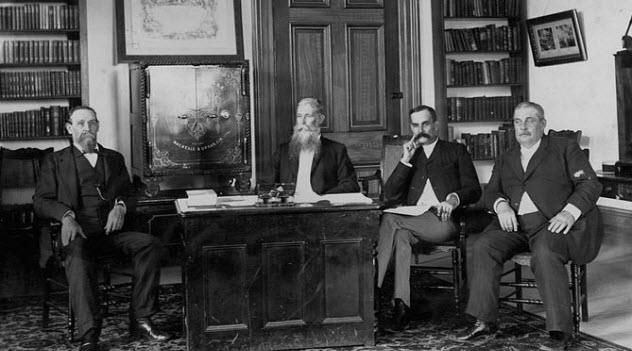
After about 100 years of living under a monarchy, the opposition to the throne in Hawaii rebelled, angry at a number of different issues springing up during King David Kalakaua’s reign. (Hawaii had recently changed to a form of democracy in which the Hawaiian monarch was used as a ceremonial head of state.)
When he died in 1891, his sister Lili’uokalani succeeded him as queen. (She was the first and last female ruler in Hawaii.) Her reign would not last long as she was overthrown in a coup in 1893.
Led by the Committee of Safety, a secret organization devoted to overthrowing the native Hawaiian government, the rebels took over the country. Their main gripe was that Lili’uokalani was attempting to restore native rights, and they felt that annexation by the United States made the most economic sense for Hawaii. (Unsurprisingly, the committee was made up of mostly white businessmen and politicians.)
They received assistance in their rebellion from the Marines aboard the USS Boston, a move which was deemed illegal at first, even by the US House of Representatives.[2] (When it became obvious that the US would need a port for refueling during naval warfare in the Pacific, this fact was conveniently overlooked.)
A new government, the Republic of Hawaii, was later formed in 1894 after annexation efforts were stymied. The president of that short-lived country was Sanford B. Dole, a cousin once removed of the founder of Dole Food Company.
8 The United States Of Belgium
January 11, 1790–December 2, 1790
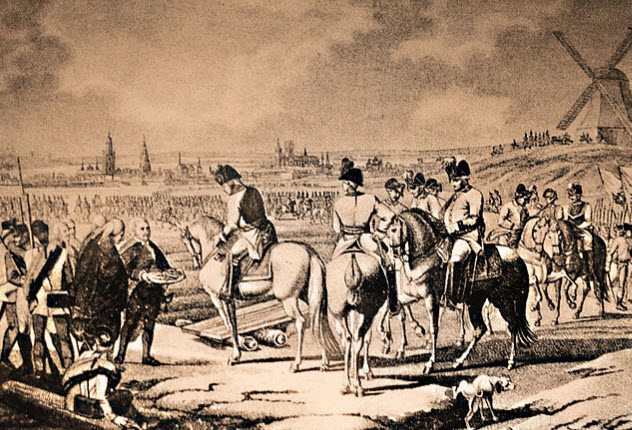
After a number of reforms by the Holy Roman Emperor Joseph II were imposed on the Belgian provinces of the Austrian Netherlands (many of which broke existing treaties), they rose up in revolution in 1789. Eventually, they declared themselves a sovereign nation known as the United States of Belgium.
Two groups, the conservative Statists and progressive Vonckists, banded together to form the government as well as the army.[3] After capturing a number of cities, they issued their declaration of independence in January 1790 and were moderately successful for a few months. However, they were never recognized by any other countries.
The newly formed United States stood as an example to the rebels, with the Declaration of Independence and Articles of Confederation serving as templates for the Belgians’ own documents. However, due to infighting among the two factions and a conquest by Holy Roman Emperor Leopold II, who took over after his brother’s death in 1790, the country fell apart.
But it did spark an independent spirit in the people of the area. In 1830, the country of Belgium declared its independence from the Netherlands during the Belgian Revolution. (As Nigel Powers once said: “There are only two things I can’t stand in this world: People who are intolerant of other people’s cultures . . . and the Dutch.”)
7 The Kingdom Of Lithuania
February 16, 1918–November 2, 1918
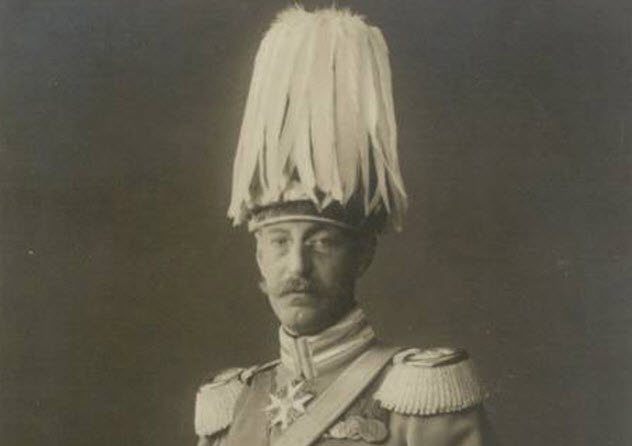
When Germany was given control of Lithuania after the Treaty of Brest-Litovsk in 1918, the local government wished to preserve their status as an independent nation. (Germany wanted to combine Lithuania and Prussia into one larger country as well as create a sort of USSR of Germany.)
So the local government declared their independence and started devising plans to appease the German Empire, led by Kaiser Wilhelm II. Against the objections of a large portion of the government, the Taryba (Council of Lithuania) elected Duke Wilhelm von Urach as king of Lithuania, giving him a 12-point proposal to become king, and formed a constitutional monarchy. (The duke took the name Mindaugas II.)[4]
The newly crowned king never set foot in his new country, although he did spend the summer learning Lithuanian as it was one of the requirements of the Lithuanian proposal. In addition, the Germans had their own reservations, stating that the country didn’t have the right to elect its own leaders.
But World War I was winding down, and the Germans were warming up to the idea of an independent provincial government in Lithuania. On November 2, 1918, the Taryba withdrew their invitation to the Duke of Urach and disbanded the government, thereby ending the monarchy.
6 The Republic Of Formosa
May 23, 1895–October 21, 1895
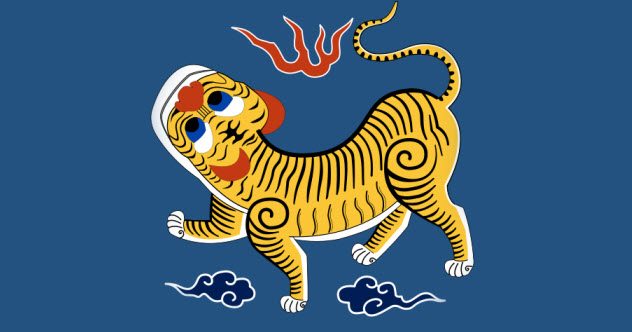
In the aftermath of the First Sino-Japanese War and the Treaty of Shimonoseki, Japan had been given control over Taiwan by the Chinese, which infuriated the inhabitants of the island. So, in May 1895, they declared their independence from Japan, calling their new country the Republic of Formosa.
A fighting force was gathered, and the islanders vowed to fight the Japanese if they dared come to Taiwan. Messages were sent out, pleading for international recognition and support. (France did send a battleship and some officers to talk with the republic’s leaders.) However, the international support never came and the Formosans were soundly defeated by the Japanese military in a matter of months, most of it by June the same year.
Liu Yongfu, the celebrated Chinese hero who fought the French in Vietnam, managed to hold out until October with a garrison of 20,000 men near Tainan, the capital of the republic. After seeing an imminent defeat, Yongfu fled the city, leaving his soldiers bewildered.
He actually managed to elude capture on a British-flagged merchant ship. (After the Japanese boarded the ship, searching in vain for Yongfu, a minor diplomatic controversy erupted.) The fighters gave up all their weapons and welcomed the Japanese into the city, marking the end of the Republic of Formosa and the beginning of decades of foreign rule.[5]
5 The Republic Of Ezo
January 27, 1869–June 27, 1869
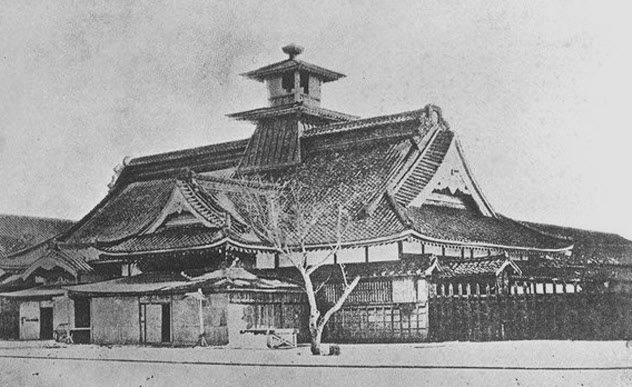
During the end of the Boshin War in 1868 (in which the Tokugawa shogunate was defeated), a portion of the army refused to surrender and fled to the island of Ezo, known today as Hokkaido.
One of the last vestiges of the old way of thinking, the samurai who stationed themselves there rebelled, declaring the island to be a sovereign nation of people devoted to the ideals of the samurai. (They were holed up in a star-shaped fortress known as Goryokaku, or “The Pentagon.”)[6]
While they were given a sort of diplomatic recognition by Britain and France, the newly formed country was on its own militarily and was soundly defeated by the Meiji government of Japan. (There were some French commanders who gave up their posts to help lead the samurai in battle.)
The fighting amounted to only a brief series of battles, with the republic only mounting one real offensive: the attempted boarding of the new ironclad warship, the Kotetsu, which had just recently been gifted to the Japanese by the US. The offensive failed, and the republic’s fighters were quickly defeated by Imperial forces.
However, Enomoto Takeaki, the leader of the rebellion, so impressed the Japanese government that he was spared an execution and only served four years in prison. Upon his release, he actually joined the Meiji government, serving in a number of positions, including ambassador to Russia.
4 Azawad
April 6, 2012–July 12, 2012

Though never officially recognized by another country, the people of northern Mali, a country in the northwestern part of Africa, rebelled against the government and declared their land a sovereign nation. Desiring an Islamic nation devoted to sharia law, the rebels were well-trained and well-armed.
They defeated the government’s forces in the early skirmishes of the revolution. Beginning in April 2012, the fighting lasted mere months before the rebels were run out of their last stronghold, the city of Ansogo.
Since then, the rebels, popularly known by their French acronym MLNA, have agreed to tenuously respect the national integrity of Mali and are in talks with the government about their independence. However, it seems unlikely that they will emerge from these talks with their own country as the vast majority of the international community outright denies their claim.
Intermittent bouts of fighting have broken out for months at a time, usually as a result of a perceived slight toward the rebels by the Mali government. (French forces actually helped fight the MLNA in early 2013.)[7]
3 The Republic Of Mountainous Armenia
April 26, 1921–July 13, 1921
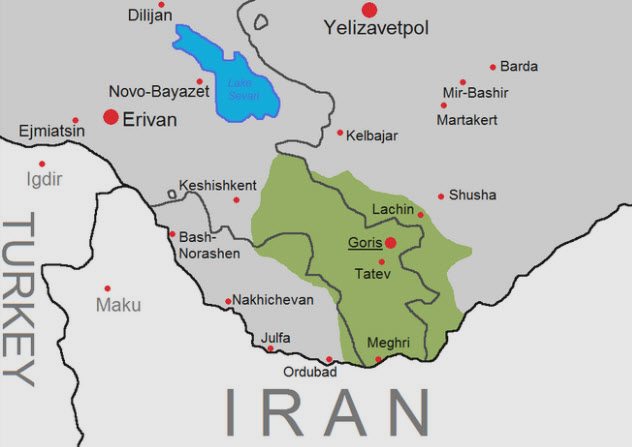
After being soundly defeated by the Turkish army in the Turkish-Armenian War, the government of Armenia was forced to agree to join Soviet Russia (after being invaded by their forces) and was pledged protection by its invaders. However, the Soviets decided to cede parts of Armenia to Azerbaijan, which angered the locals in the area. In early 1921, they revolted against the Soviets, declaring their independence on April 26.
They controlled the city of Yerevan as well as the surrounding area, setting up a sort of escape route for members of the Dashnak government and other intellectuals who feared persecution from the Soviets.
However, their success didn’t last long as the far superior Soviet army arrived shortly afterward and routed the rebels, known as the Armenian Revolutionary Federation.[8] Their revolution was partially successful, though, as they were granted a concession by the Soviets: They were promised their territory would remain under Armenian control. (Granted, it would still be part of the USSR.)
2 The Democratic Republic Of Yemen
May 21, 1994–July 7, 1994
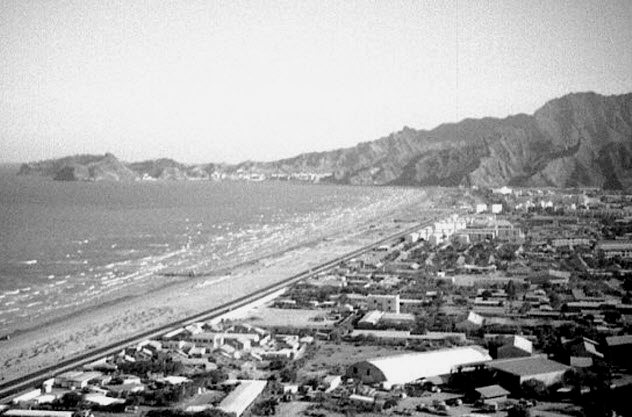
Civil war broke out in Yemen between the northern and southern states when Ali Salim al-Beidh, the former vice president of the Republic of Yemen, fled to the southern city of Aden in August 1993 with a list of grievances he wished to have fixed.
After a tank battle erupted in April 1994, whose instigator is disputed, the representatives of the southern states seceded, declaring themselves the Democratic Republic of Yemen, just a few days later. This name is not to be confused with People’s Democratic Republic of Yemen, the 23-year-long country which existed in the southern half of Yemen.
Fearing a large-scale conflict, the UN Security Council demanded a cease-fire as well as a brief window of time to investigate the situation. (Unsurprisingly, that didn’t stop the fighting.)
The civil war only lasted a little over a month. The northern forces crushed the southern resistance, capturing Aden on July 7, 1994, and effectively ending the rebellion.[9] Amnesty was offered by the North to bring their brothers in the South back to the country, a move which worked for the most part.
1 Carpatho-Ukraine
March 15, 1939–March 16, 1939

Formed from the southwestern tip of Ukraine, Carpatho-Ukraine declared its independence on March 15, 1939. Largely symbolic in nature, the Voloshyn government created the nation just one day after Slovakia declared its own independence (although that was really just a ruse so that Nazi Germany could invade and take over the country). Quick to act, they managed to design a flag and state seal as well as declare a national anthem in one day.
Much like Hitler and the Nazis, the leaders of Hungary, neighbors to Carpatho-Ukraine, had their minds set on expansion and invaded the newly formed country just a day later. (Hitler himself had agreed to a deal which secretly gave Germany’s acceptance of this plan.)[10]
The members of the Carpatho-Ukraine government, fearing for their lives, fled the nation they had just created. It was disbanded and never brought back, swallowed by the Russians after World War II.
Read more fascinating facts about wannabe countries on 10 Wannabe European Countries You Might Not Have Heard Of and 10 Theoretical Countries Of The Future.








